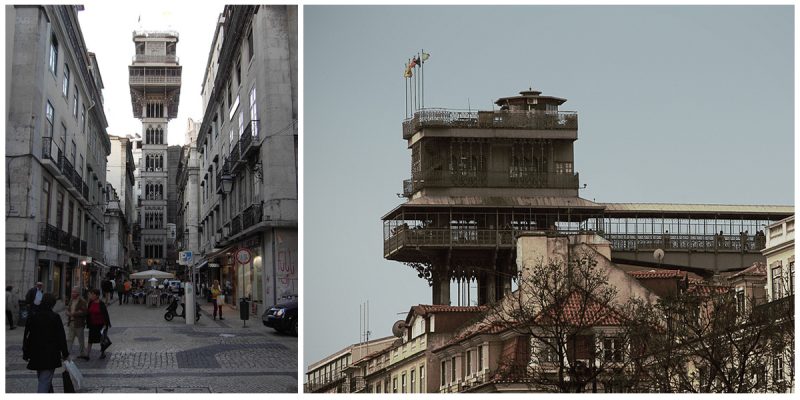The Santa Justa Lift, also called Carmo Lift, is a historic outdoor elevator located in the civil parish of Santa Justa, in the capital city of Lisbon, in Portugal. Situated at the end of Rua de Santa Justa, it connects the lower streets of the Baixa with the higher Largo do Carmo (Carmo Square), and has been providing an invaluable service to the commuters by eliminating the slog up Carmo Hill.
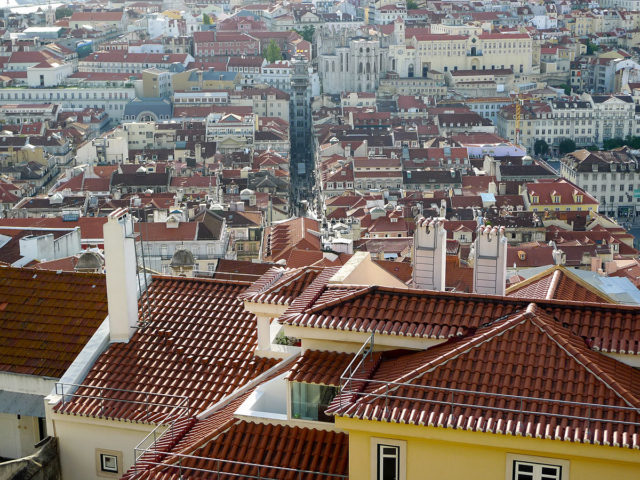
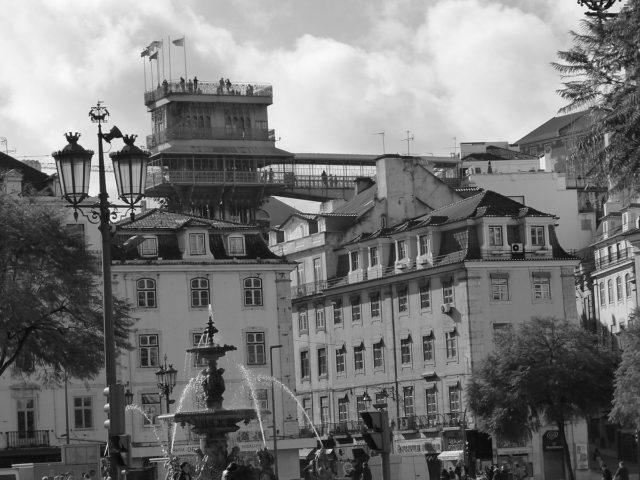
Adored by Lisbon’s residents ever since its construction, the Lift has become a tourist attraction for Lisbon as, among the urban lifts in the city, Santa Justa is the only remaining vertical (conventional) one. Others, including Elevador da Glória and Elevador da Bica, are actually funicular railways, and the other lift constructed around the same time, the Elevator of São Julião, has since been demolished.
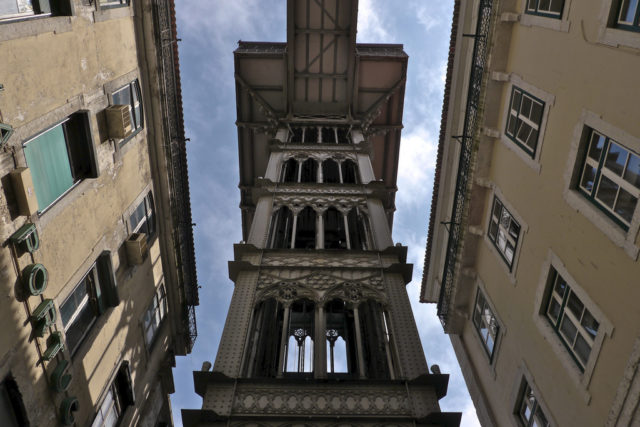
The elegant Neo-Gothic iron tower was designed by Raoul Mesnier du Ponsard, an engineer from Porto who was once a student of the great iron craftsman Gustave Eiffel. The original elevator was powered by a giant steam engine, but it was replaced by an electrical motor in 1907 which still powers the lift today.
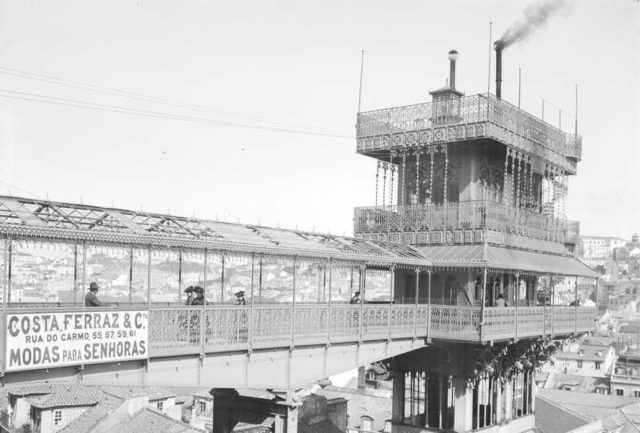
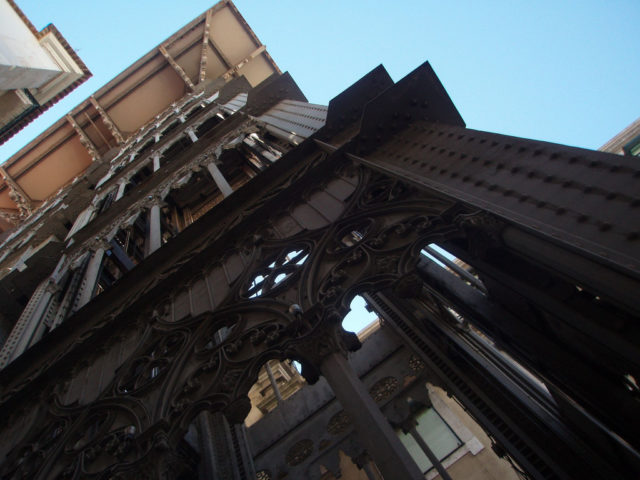
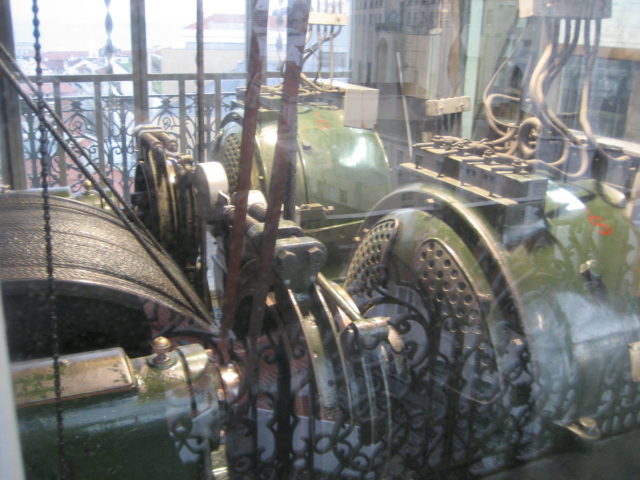
Since iron was a new building material at the time of its construction, it is symbolic of the technical and memorial construction from this period, representing the culture of the 1900s, a time when the structure and other elevators were considered a magical innovation and portent of a modern age.
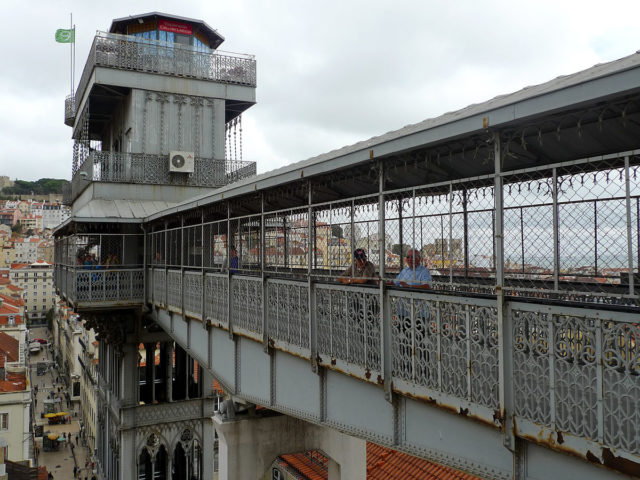
Construction of the elevator began in 1900 and was finished two years later. The Elevator consists of a metallic tower, observation platform, walkway, and base. Its base includes four vertical columns, each composed of two pillars. With a height of 45 meters, covering seven stories, the tower includes two elevator cabins, decorated in wood, mirrors and windows, and with an initial capacity for 24 passengers in each (updated to 29 people later).
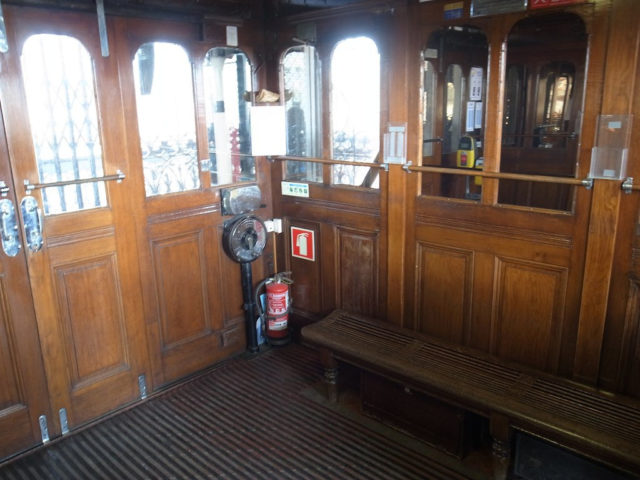
The structure includes a dozen transverse beams, forming a double lattice, supported at the top by foundations at the Escadinhas de Santa Justa. On the sides of the elevator, the walkway is articulated using bearings, as well as on the pillars, which is articulated at the base.
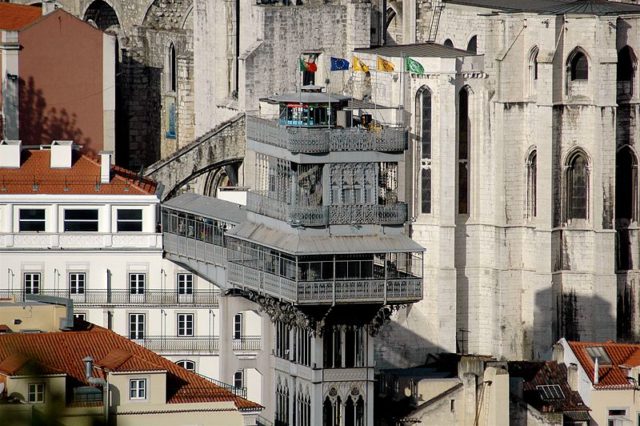
By 1973, a contract was signed between the municipal council of Lisbon, the Companhia da Carris and the Lisbon Electric Tramway Ltd., transferring the Elevator definitively into the city’s historical tram network.
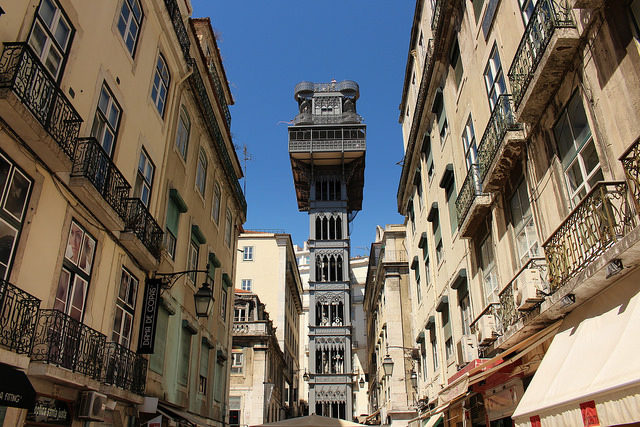
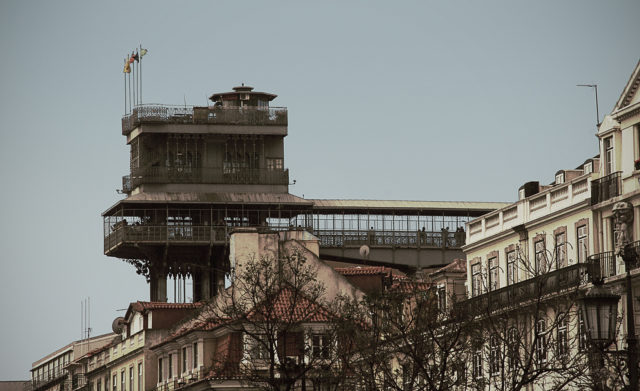
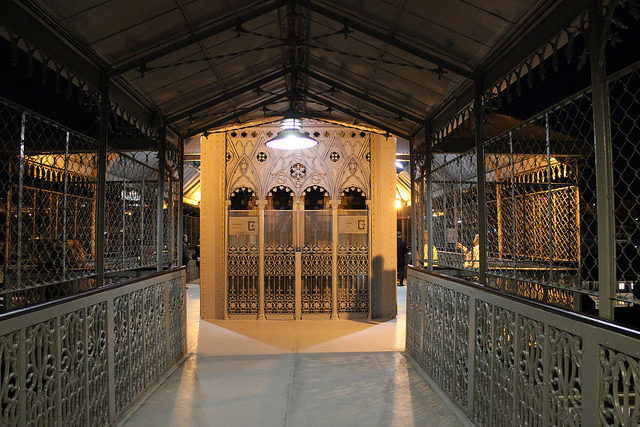
In July 2002, the Santa Justa Elevator celebrated its first centenary; along with the three remaining cable railways of Lavra, Glória, and Bica, they were all classified as National Monuments the same year. Today, it’s the only remaining vertical lift in the city and a famous tourist attraction.
